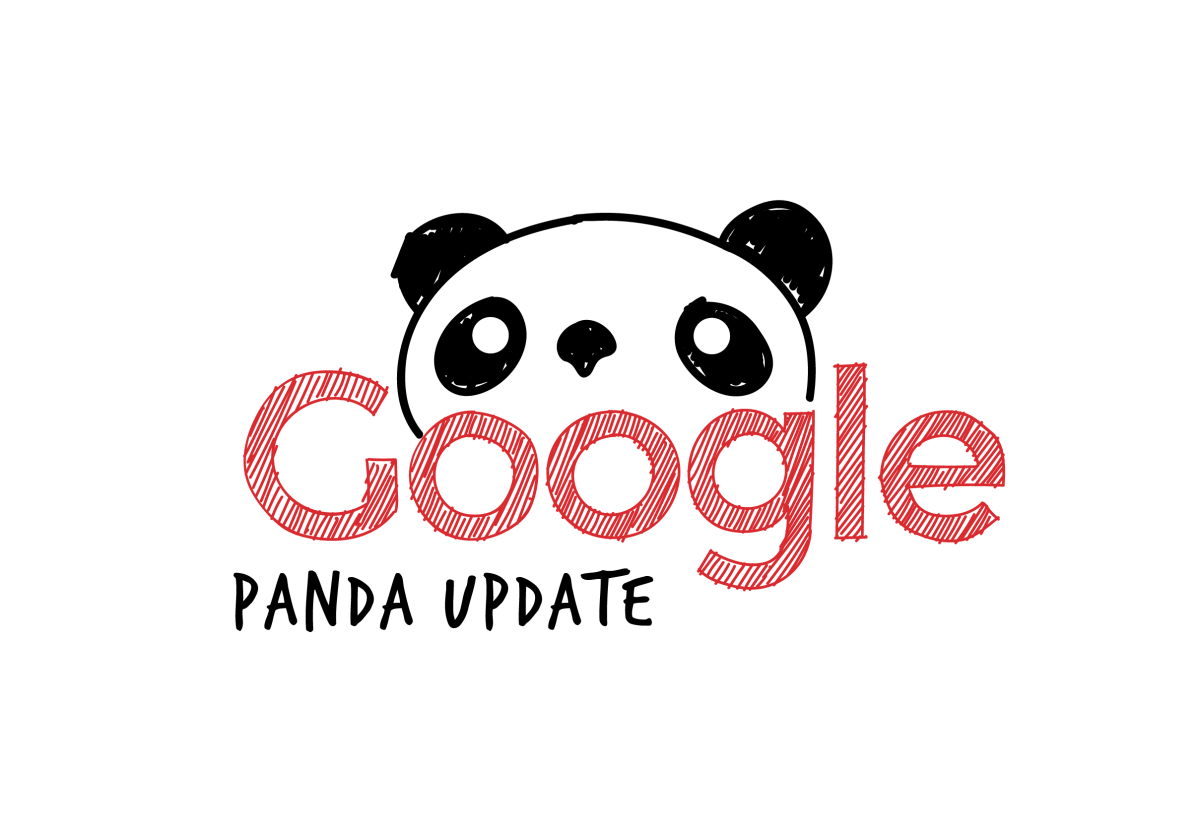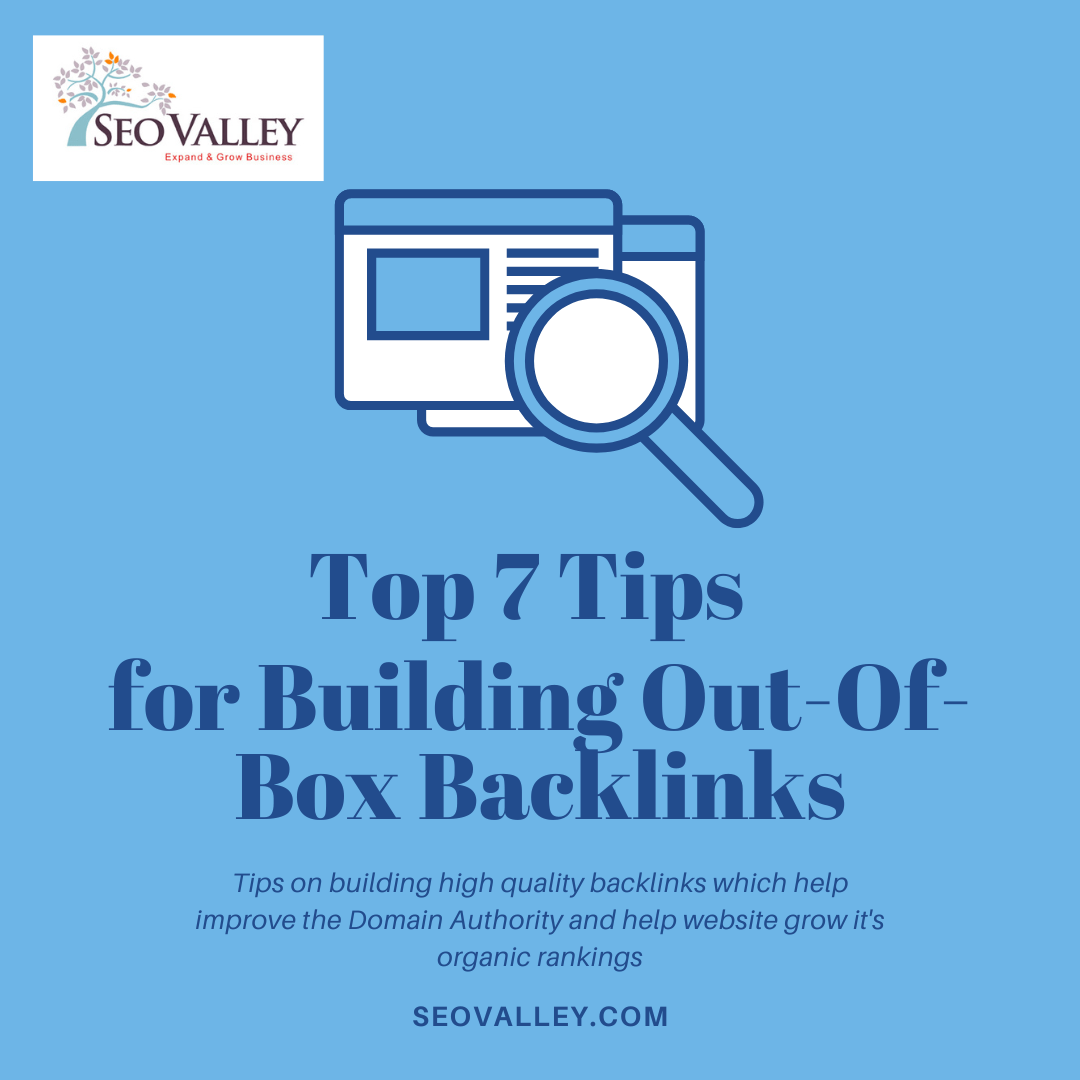Have you noticed that Google has made fewer algorithm update announcements in the recent years? Since 2012, update announcements have been dropping. The search engine giant seems to be quieting down—and experts say that the reason is this: Google Panda has become part of its core ranking signals. We won’t be hearing about typical Google Panda updates anymore.

Google has also been investing in artificial intelligence not only to create better search results, but also to allow its engineers to roll out constant algorithmic adjustments right under our noses. Updates are no longer the drastic shakeups we are used to seeing; they are now subtler and more intuitive. In fact, most users hardly notice these changes at all.
With the decline in the number of formally announced updates is the rise of unconfirmed updates with no names. SERP trackers, as well as webmasters, are constantly reporting major shifts, but Google never officially confirms any updates.
So what does this mean for the SEO community? Now more than ever, there is a need to vigilantly ensure that our websites satisfy all of Panda’s quality guidelines. And if you have yet to recover from Panda penalties, here are some things you can do:
- Get rid of duplicate pages.
Log in to your Google Webmaster Tools account and go to HTML Improvements. Check if you have many duplicate pages. This is especially important if you are an e-commerce site and you use a content management system that automatically creates duplicate content. Check if there are duplicate Title tags. If you find any, then its likely that the content on those pages are duplicates, too. Delete them or use NOINDEX and NOFOLLOW commands.
- Make your site leaner.
Check how many of your pages are indexed, and then get rid extra pages that are thin, snippet pages, duplicate content pages, or unauthoritative pages because they can really get you into trouble.
To check how many of your pages are indexed, go to Google and type in “site:domain.com” (without quotes). How many pages come up? Having an absurdly high number of pages can be a sign of a problem and should prompt you to identify all pages that are thin or duplicate so you can delete or archive them.
- Assess and improve the quality of your content.Read your pages and ask yourself—is anyone truly going to find value in it? Panda targets pages that do not provide any value. If you are obviously simply trying to rank for a long-tailed keyword, Panda can tell. You need to either delete or improve those pages, or combine several thin pages into one authoritative resource.
- Strengthening user engagement.
Aim to increase your site’s social interactions via social networking, comments, forums, and consumer reviews. This is a great way to generate good content that is both useful and relevant.
Recovering from Panda is all about improving site quality and user experience. Take time to audit your entire site and get rid of low-quality pages. Always be updated on the current best practices in SEO and learn how to go with the flow. Web optimization is ever changing, so what worked before might no longer work today.
Most importantly don’t quit. There have been many success stories of recovery, and you can be one of them. Many websites that have been hit by Panda recovered just after just a few months because they put all their efforts into improving the quality of their content and the experience of their users. You can do that same.
It’s also a good idea to work with a Panda Recovery expert such as SEOValley™. We have helped hundreds of websites get back in the game. Talk to us today about our Panda Recovery solutions.










